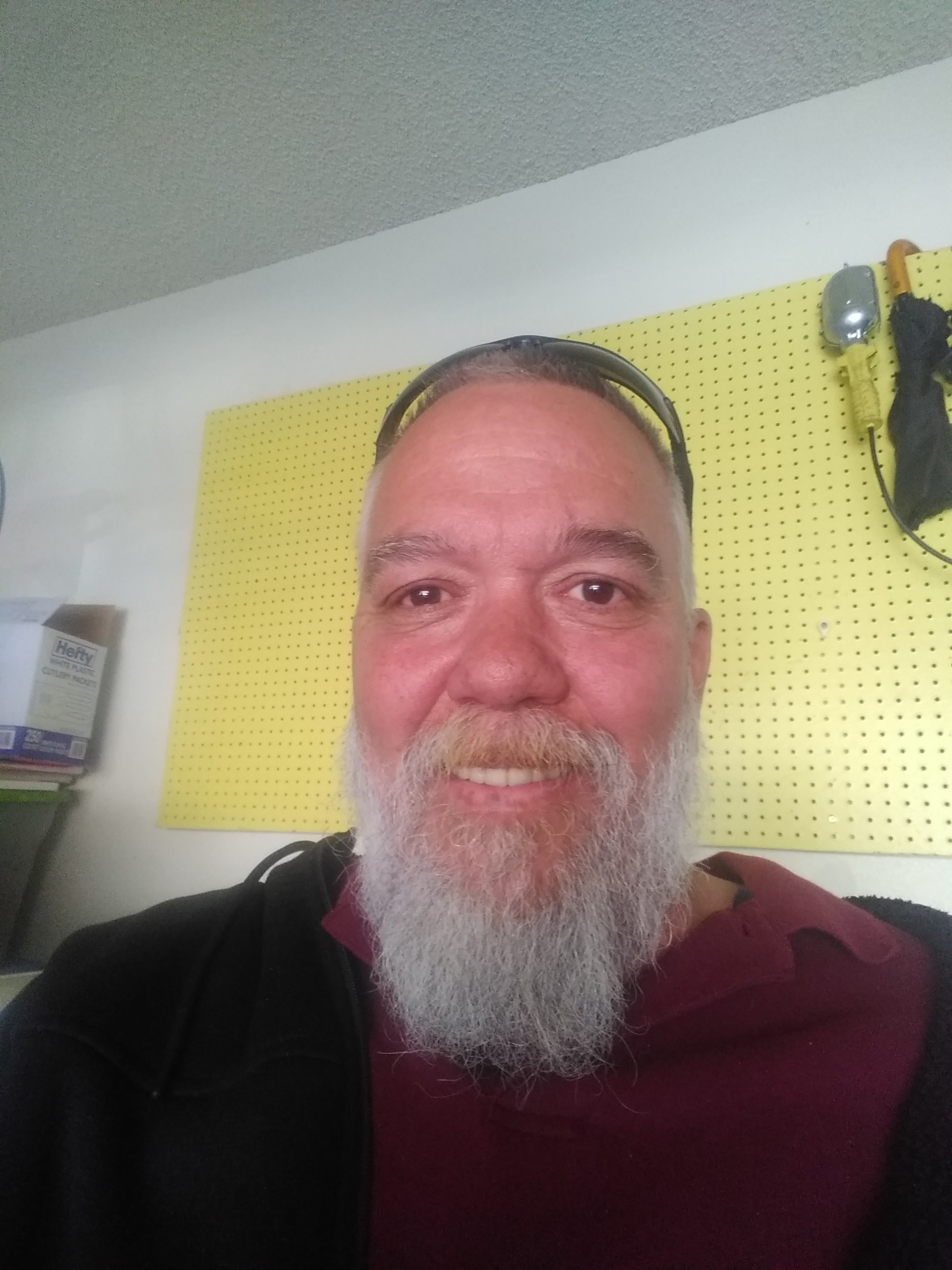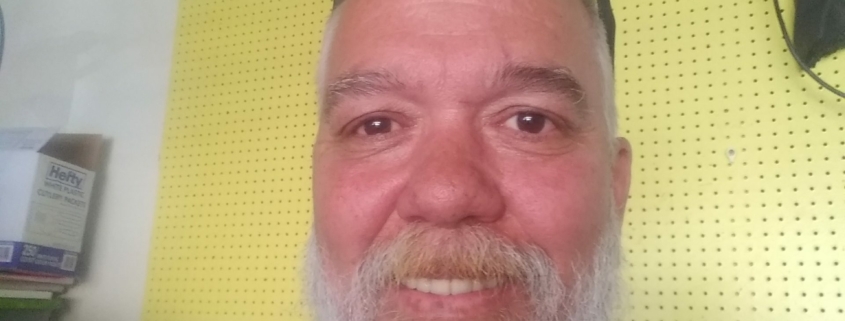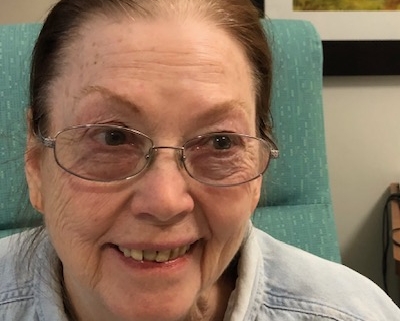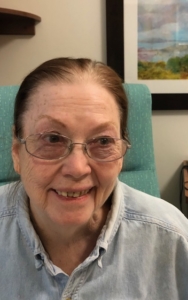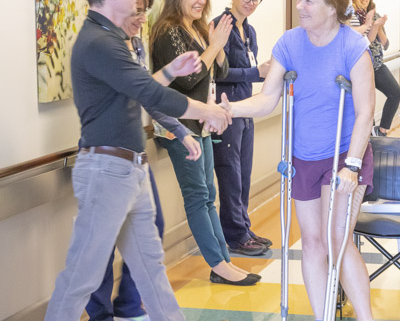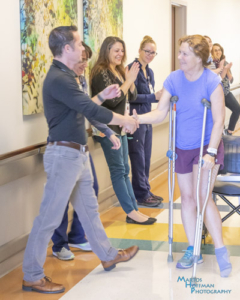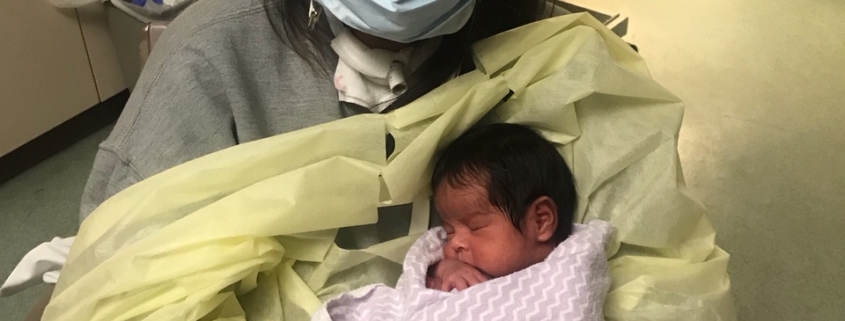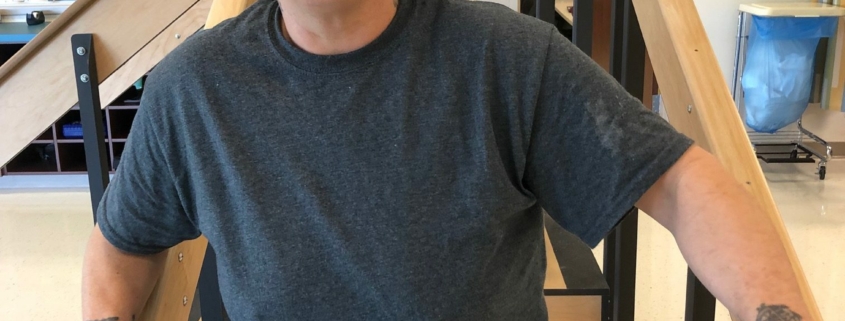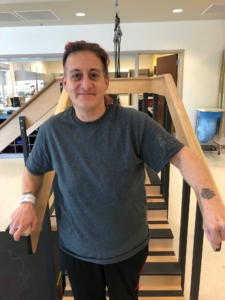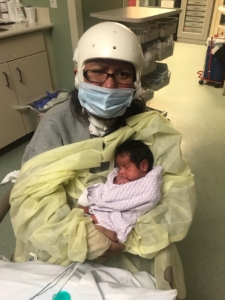
The staff at RHNA made sure Danielle could visit her daughter at FMC each day.
It started with a bad headache, but that’s about all Danielle Sloan remembers.
Danielle lived a happy life as a busy mom, making a simple life with her partner. She was 32 weeks pregnant with her fifth child, a girl, when the headache started. Danielle asked her significant other to take her to the emergency room. On the way to the ER, she passed out.
When they arrived, it quickly became clear Danielle made the right request. She had suffered an intracranial hemorrhage, or bleeding inside the skull.
Surgery addressed the hemorrhage, but Danielle would need rehabilitation in order to return home. At the recommendation of her physicians, she chose Rehabilitation Hospital of Northern Arizona.
At RHNA, Danielle participated in intensive therapy to help her regain her independence. Danielle worked hard to return home with her daughter, who was in a special care unit at Flagstaff Medical Center.
Family plays an important role in a patient’s recovery. The staff at RHNA made sure Danielle was transported to FMC each day to visit her daughter.
Back at RHNA, everyone worked together to help Danielle reach her therapy goals. “There’s so many that stand out so much to me,” Danielle said of the staff that helped her recover. “Matt and Bryce from speech therapy. Solomon from physical therapy. Susan from occupational therapy. Lynn in respiratory therapy. Nikki, my case manager. Dr. Holt, I can’t forget about him. So many nurses and staff.”
“I’ve come to know the great staff, and I just became friends with all of them,” Danielle added. “They motivated me and told me I was doing a good job.”
Danielle also befriended a fellow patient, Vanessa, and they remain in touch. “We keep in contact with each other, keep motivating each other.”
Danielle is excited to return home and do the things she used to do. Things like laundry, cleaning the house, driving, taking care of her kids. “I just want to be so comfortable to be on my own,” Danielle explained. “I want to be more independent.”
